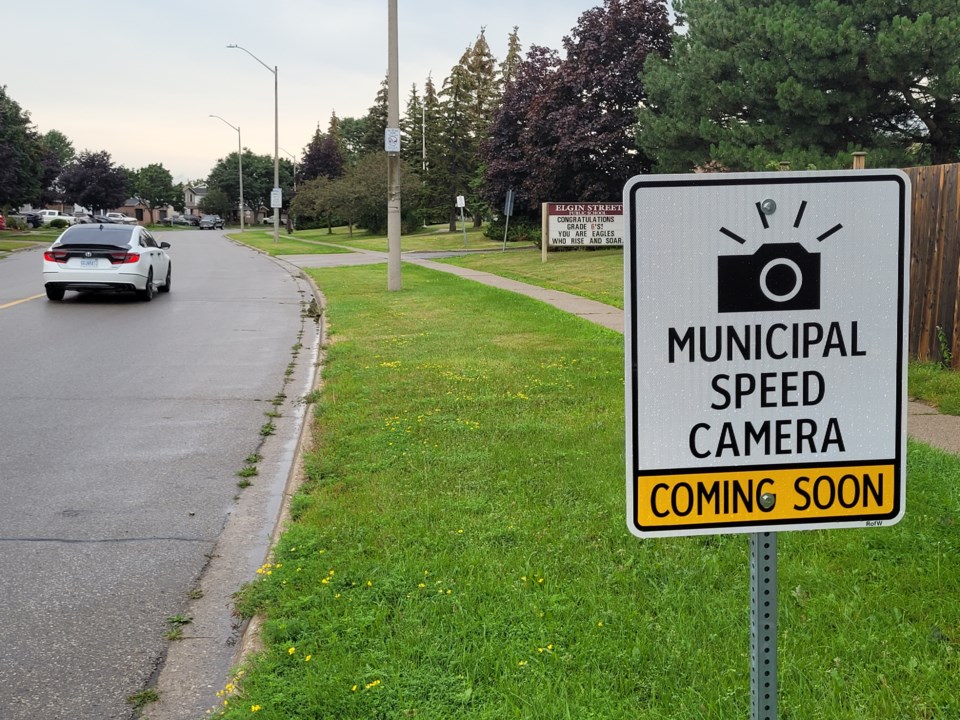The region will add 16 new Automated Speed Enforcement cameras to locations that have yet to be worked out with area municipalities.
The move, voted on at this week's planning and works committee meeting and expected to be ratified by council next week, accelerates the ASE program as outlined in the 2023 budget by moving the $362,000 cost of installing eight cameras in 2024 to this year's schedule.
A report tabled Tuesday comes after the committee asked staff in February to investigate the feasibility of installing all 16 new cameras this year, citing increasing safety concerns around speeding and inability to enforce the limits around school and community safety zones.
The region also plans to review the opportunity to introduce community safety zones as a tool for further ASE expansion.
That news comes the same week Cambridge voted on a motion to ask the region to move forward on designating McQueen Shaver Boulevard a community safety zone.
Mathieu Goetzke, commissioner of transportation services with the region said staff has confirmed vendors have the capacity to mobilize quickly on equipment supply.
Once approved by council, they will begin working with area municipalities to identify the 16 new locations for the cameras.
The region says the anticipated number of tickets generated through the addition of 16 new ASE sites "will be manageable under" the current arrangement it has with the City of Toronto Joint Municipal Processing Centre and through the regionally-operated Provincial Offences Court administration. It will, however, exhaust the capacity of the system.
The overall cost for 16 new cameras approaches $1 million.
Moving the timeline of the installation to this year will reduce the overall project costs by about $108,000 but will push operating costs in the 2023 budget over by $36,000, which will be treated as a budget variance.
Coun. Chantal Huinink asked if the region still expects to profit from the ASE revenues.
"The first years of implementation were in the red,' Goetzke said. "We don't expect revenues to cover the entire cost for this year but in the medium run, yes, we expect the tickets will be able to cover at least the operating costs."
He said revenues should move the program into the black by years three and four as long as no additional cameras are added.
"The upfront cost is significant," he said.



.jpg;w=120;h=80;mode=crop)